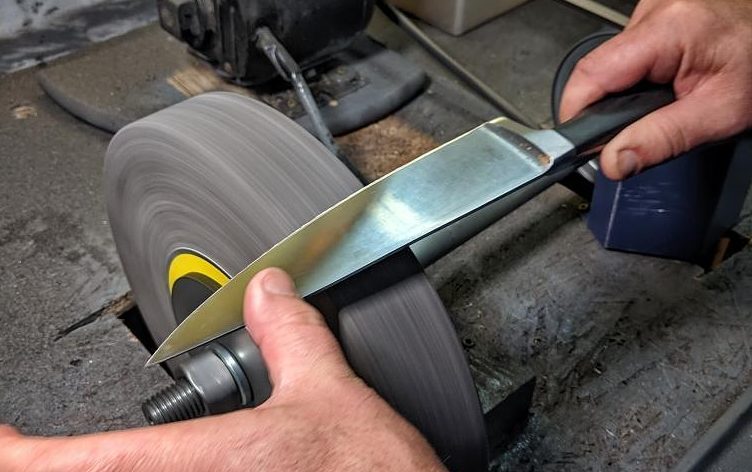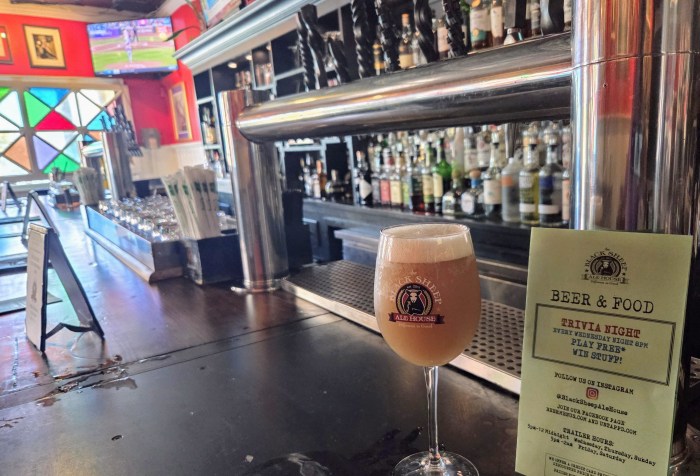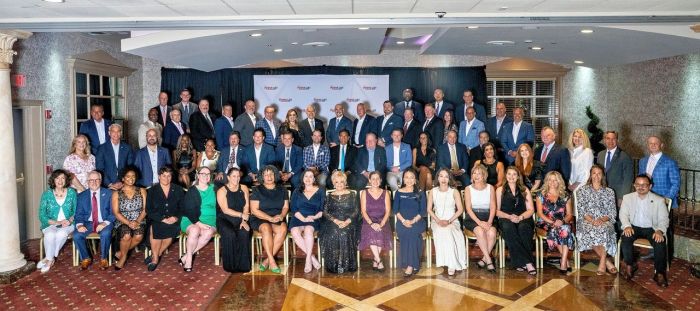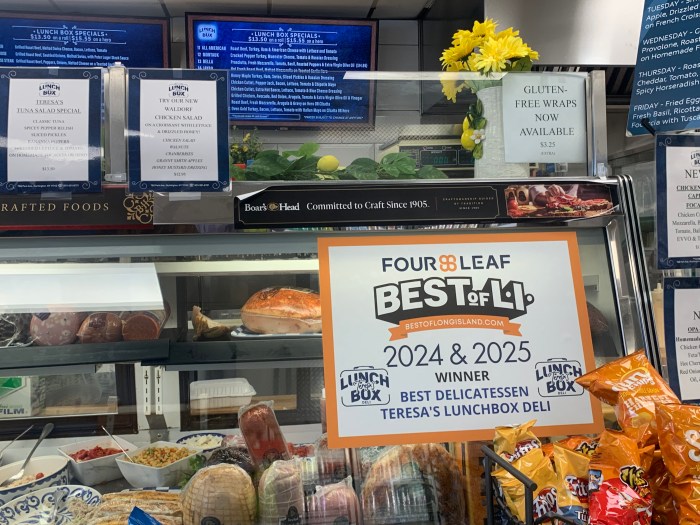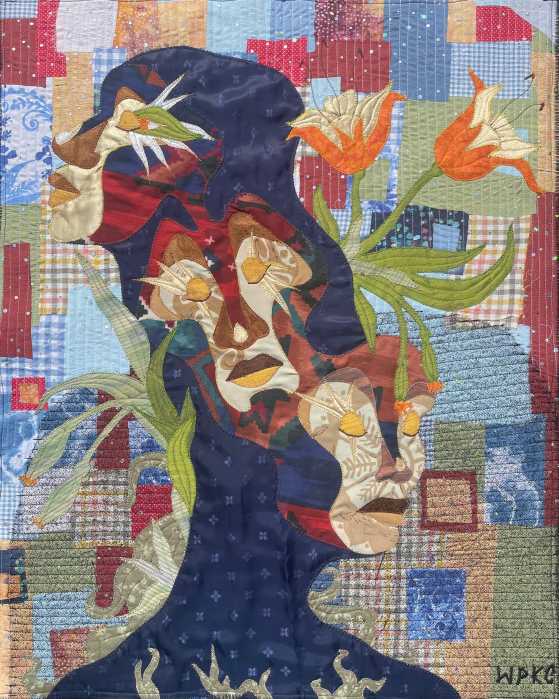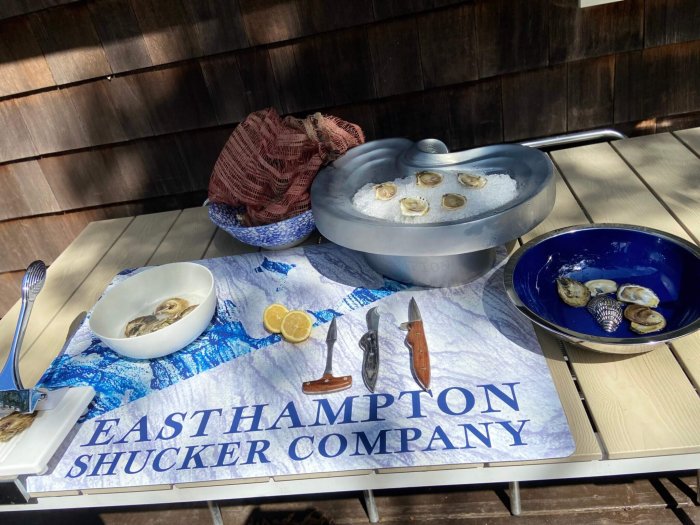Richard De Vito Jr. knows what it means to be at the cutting edge of commerce.
Too many people settle for using a knife that is just not as sharp as it once was. He helps many keep their tools from getting dull as he plies an old-fashioned craft: sharpening knives that otherwise would likely be replaced. In May he opened We Make It Sharp, a charming old-fashioned knife-sharpening store in Centereach.
“I’ve been in this business for 30 years, since I was 17 years old,” he says. ““We cater to cooks and chefs from restaurants, bagel shops, pizzerias, homeowners, haircutters, barbers, delis. The list goes on and on, virtually everyone who uses a knife or scissors every day.”
A man on a mission, De Vito continues a family tradition that has helped keep chefs’ and others’ knives sharp for decades — the old-fashioned way, sharpening by hand.
De Vito is among a vanishing profession of sharpeners on Long Island and nationwide, but that may make his services all the more valuable. In an age of built-in obsolescence and disposable products, De Vito is engaged in a fight against time.
On the one hand, he battles time by keeping otherwise superannuated and ready-to-toss knives sharp. He’s also keeping a skill and a profession current while providing a service many Long Islanders don’t even know exists. His services can make cooking a little easier and save people some money (the charge is $1 an inch per knife).
“We have the best grinding, sharpening, and polishing and buffer machines and also Arkansas stones for deburring and hand honing,” De Vito says. “This is a rare trade.”
As with most crafts, De Vito’s has been passed from generation to generation, starting with his great-great-grandfather Angelo De Vito, who sharpened knives in Abruzzi, Italy. Italian Americans called “moletas” worked out of trucks or wheelbarrows or carried grinding stones, sharpening knives on city streets.
“I’m a fifth-generation knife sharpener,” he says. “My great-grandfather immigrated here from Italy and went door to door with a knife sharpener on his back.”
He works with knives, scissors, clippers, and even lawnmower blades along with the occasional sword, axe, cleaver, or hunting knife, as well as hair and upholstery shears.
“There’s nobody left,” he says. “Some people buy new knives because there’s nobody around sharpening anymore.”




